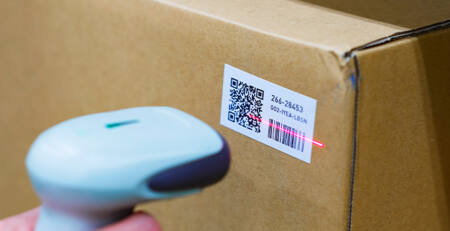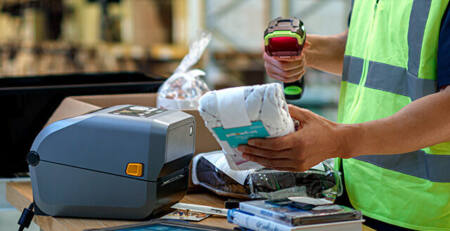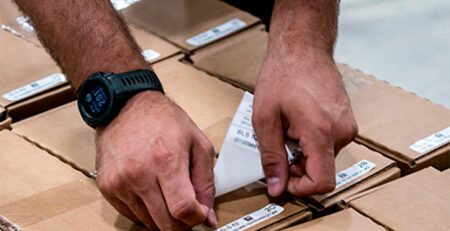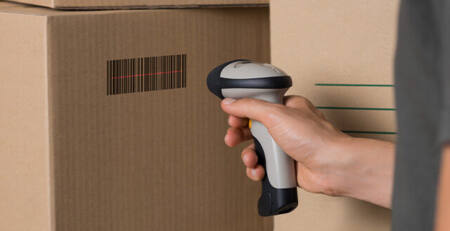Handheld and wireless scanners - how they improve customer service and efficiency
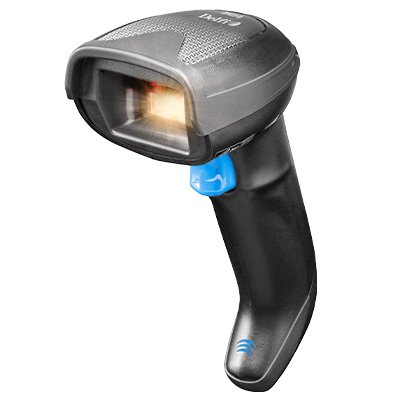
Effective customer service is all about speed, accuracy and flexibility. Customers expect short waiting times, correct pricing and up-to-date stock status – and this is where handheld and wireless scanners can make a real difference.
By automating the registration of goods, manual errors are reduced and turnaround time is shortened. At the same time, employees can move freely around the store and give customers accurate answers about stock status in real-time. The result? A more efficient workday for staff and a better experience for customers.
In this article, we take a closer look at how handheld and wireless scanners optimize both customer service and store operations.



More flexibility with wireless scanners
Wireless scanners bring a new level of mobility and flexibility to retail. Unlike stationary or wired scanners, employees can move freely around the store, scanning items directly from the shelves and assisting customers without being tied to a fixed POS system.
This mobility means that the checkout process can be faster as employees do not have to bring items to a stationary scanner. In large stores or warehouses, this is a great advantage as products are often located far from the checkout area. In addition, wireless scanners can integrate directly with the store’s inventory and POS systems, so price and stock status information is updated in real-time.
Some wireless scanners are even equipped with Bluetooth or Wi-Fi, enabling seamless communication with tablets, handheld terminals or other devices. This ensures that data is captured quickly and without errors, reducing the risk of incorrect prices or incorrect inventory information.
Future trends in scanning technology
Scanning technology is constantly evolving to make customer service and inventory management even more efficient. One of the biggest trends is RFID (Radio Frequency Identification) technology, which allows multiple items to be scanned at once without the need for direct eye contact. This can revolutionize retail by making inventory counting and receiving significantly faster.
Another important development is the integration of automation and artificial intelligence in scanning. Some retail stores are experimenting with AI-powered systems that can automatically identify products and record inventory without manual scanning. This can reduce the workload for employees and ensure even more accurate inventory management.
Furthermore, wireless scanners are becoming increasingly advanced, with improved battery life, faster data transmission via Wi-Fi and Bluetooth, and the ability to integrate with cloud-based systems. This means employees can access real-time data from anywhere in the store or warehouse.
While many of these technologies are still in development, it’s clear that the future of scanning will be about increased automation, accuracy and efficiency – all with the goal of improving both customer service and store operations.
Conclusion and links to relevant products
Handheld and wireless scanners play a crucial role in improving both customer service and efficiency in retail. They reduce turnaround time, minimize errors in pricing and inventory management, and give employees more flexibility to serve customers directly on the sales floor.
With integrated scanning technology, stores can ensure accurate inventory information in real-time, making it easier to avoid out-of-stock items and improve reordering processes. At the same time, future trends show that technologies like RFID and AI will make scanning even more automated and accurate.
Companies looking to optimize their store operations can invest in modern handheld and wireless scanners that support a more efficient workflow.
![Handheld and wireless scanners - how they improve customer service and efficiency Barcode-scanner-illustration [converted]](https://shop.delfi.com/wp-content/uploads/2025/05/Barcode-Scanner-Illustration-Converted.png)

